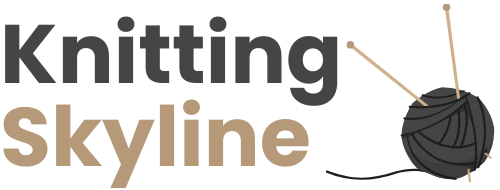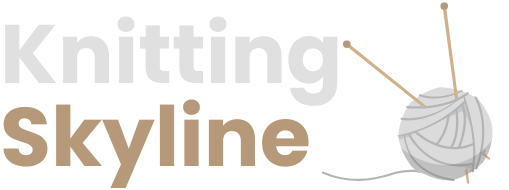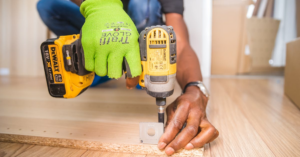Purl is a word used in relation to knitting. As the name suggests, purl means to slide or pass under or over a knitted stitch.
Purl is a very beautiful way to show your skill as a knitter. There are many ways to do purl and most are very effective!
Many people start their purl work with the right side facing out, as this adds some texture to the work. Once you have the rhythm down, you can simply turn the work right side out and start working on the opposite side!
This article will talk about how to do both double and single purls in knitting.
Practice making knit stitches
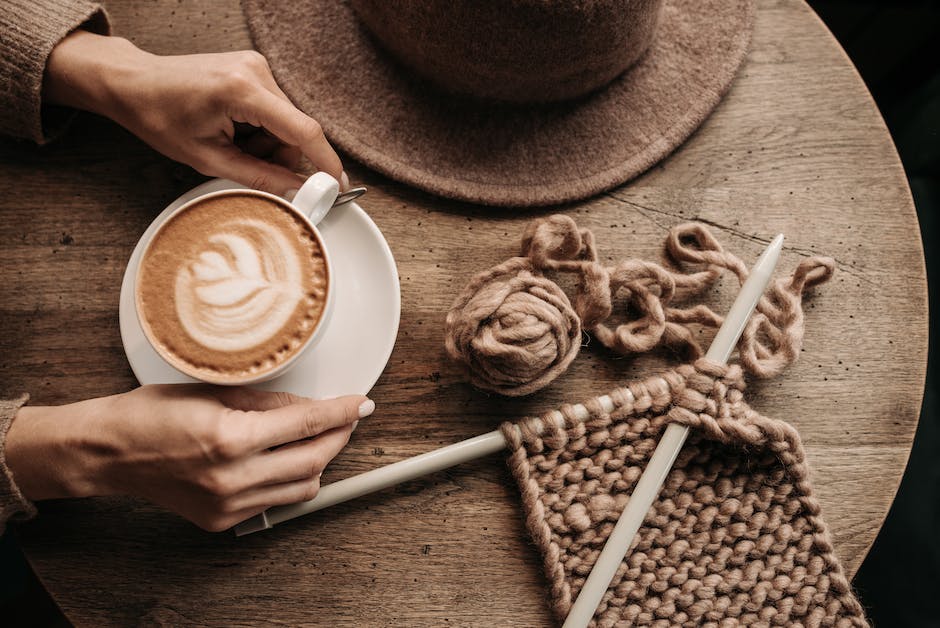
The main difference between purling and intarsia knitting is the method of making the knit stitches. Intarsia knitting requires a different set of fingers and tools to create a beautiful, interconnected picture.
Most people start by making a provisional cast on, or a complete row of stitches. This is to make sure you have good range of motion in your hands and your project stays stable as you continue working.
Once you have your provisional cast on, you can begin working in the round. Use one long pass per row to get the shape of your knitted item. Then, use two passes per row to get the second side completed. Continue this process until each piece is finished.
Practice making purl stitches
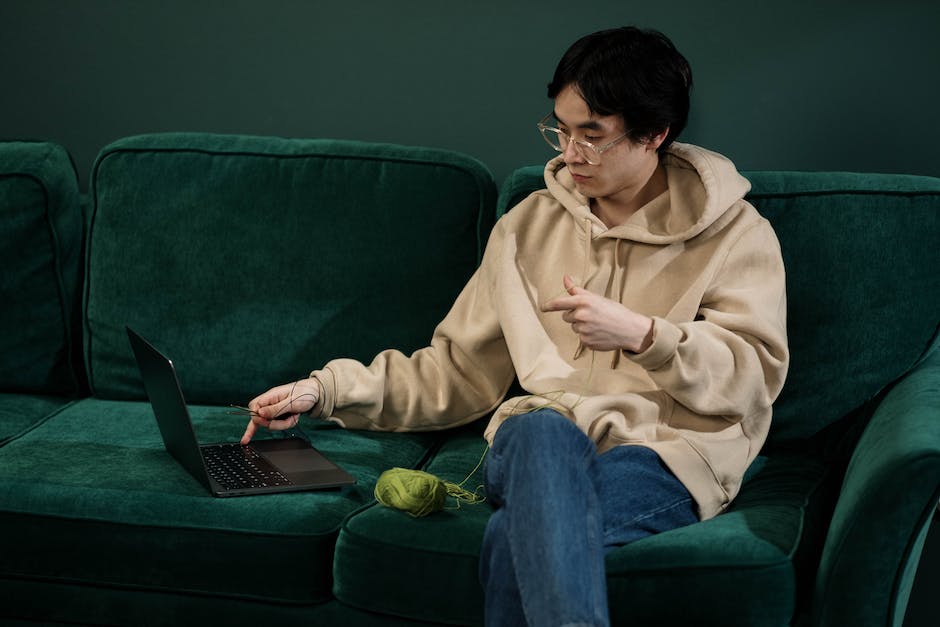
Without knowing how to make the same purl stitch in every color, you can save time by knowing how to make the stitch in the first place.
The difference between the two types of stitches is how you hold your work as you cast on and inst with your thumb and finger. When making a purl stitch, your work must be held stationary as you begin placing stitches on top of each other.
Purls require more patience and concentration than other stitches like knitting in one direction or with a reverse cast on. Because of this, it is important to know how to make the purl stitch in the first place.
Understand how to read a knitting pattern

When you read a knitting pattern, know how to read it. There are many ways to read a knitting pattern, so let’s take a look!
Borders are also called trim or edging parts of a project. Some trims are sewn on, while others are added with a garment-type fabric. If the designer intended for a border to be needed, then they included it in the trim part of the pattern.
Reading directions and noticing trim parts is vital when working in knitalong.
Know how to hold your yarn and needles
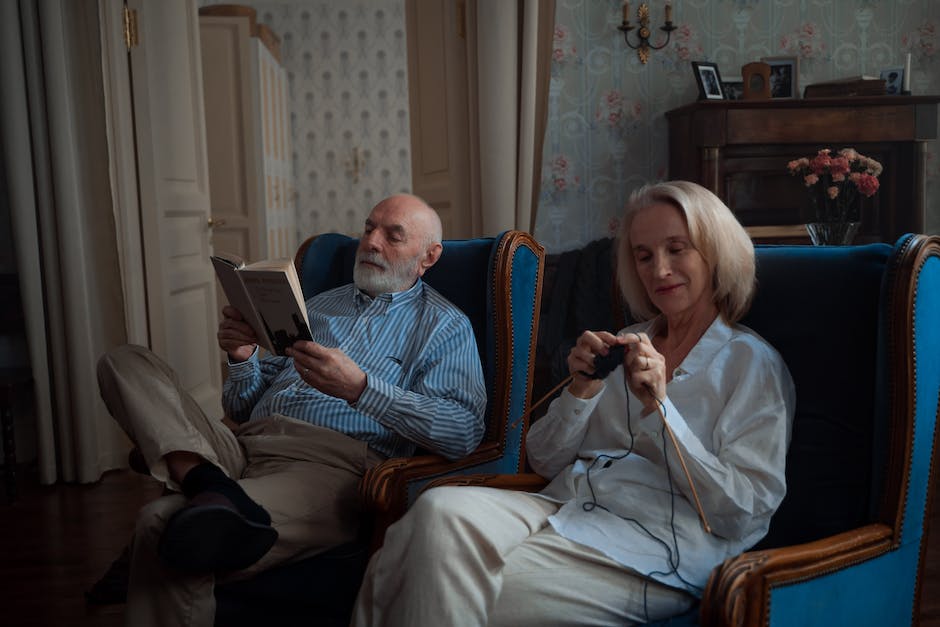
When knitting, the first few times you try it, make sure you learn how to hold your yarn and needles. Even though this is not knitalong specific, know how to hold your yarn and needles so that you can maintain a smooth purl or shift as needed.
You want your thumb to be on the right side of the needle and the left side of the yarn. This is due to past experiences with different lengths of yarn and difficulty keeping a straight thread when switching sides of the yarn.
You want to let your thumb rest on the top left corner of the needle and pull up slightly before letting go. This is due to past experiences where one wanted to slip the needle into a fabric but accidentally pulled up too much and wound up having to re-cast on and off.
You want to hold your yarn slightly longer when beginning a new row than when ending a row.
Keep your yarn neat and tidy
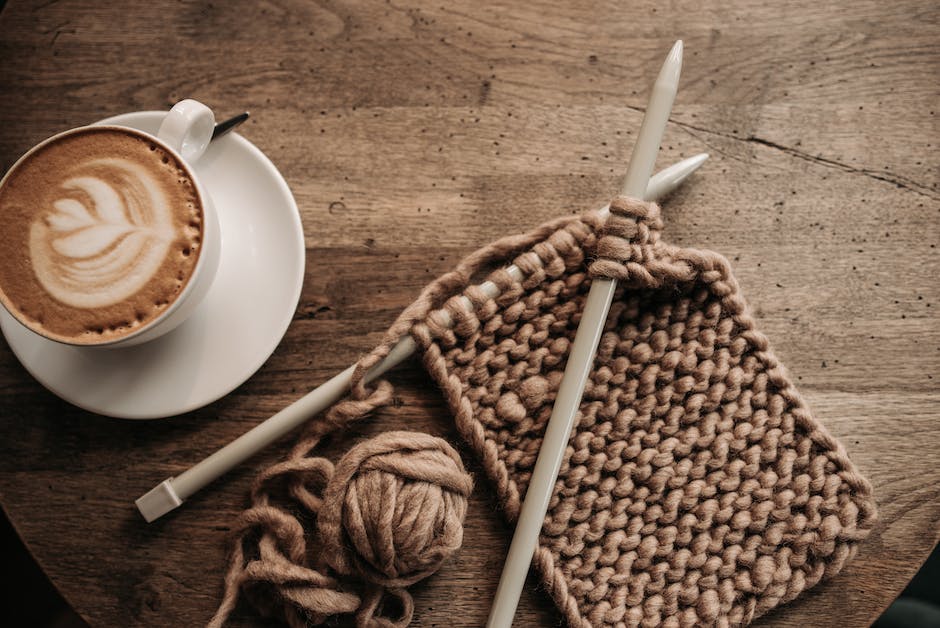
When knitting in the round, your main goal is to keep your yarn from tangleing. This includes keeping a firm grip on the knitted circle, holding the end of the yarn with one hand and walking or moving your fingers across the wrapped edge with the other.
Don’t let your yarn become damaged or lose its shape while you take these steps. You will need to keep working with it to have it display well as a patterned piece.
In the round, work down a front and back row before turning over and working up the other side. This will give yourself more opportunity to adjust how much of each piece you want on top of each other.
Knitting can be funny at times.
Know what a knit stitch looks like

A knit stitch is a very popular stitch type. It is similar to a purl, but instead of being place to remove a row, it is the first step in new knitted stitches.
There are three types of knit stitches: the front-back, inside-outside, and self-rewarding stitches. Each one has a different looking prefix such as K1p or P1b. The front-back stitch looks like an ordinary column of knitting with no added border or loop.
The inside-outside stitch looks like an elongated purl with a short border.
Know what a purl stitch looks like
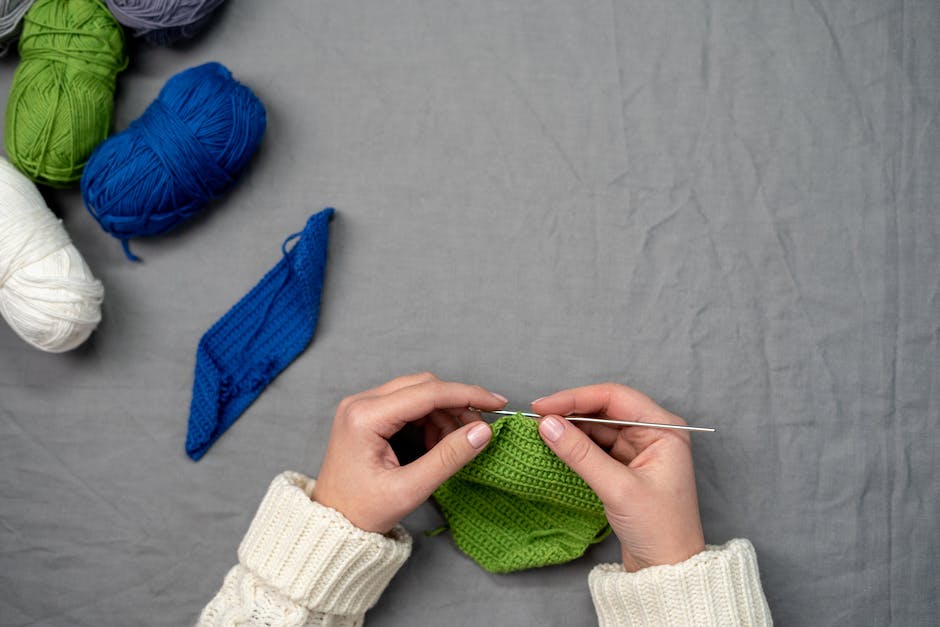
A purl stitch is a row of knit stitches followed by a row of purl stitches. The difference is that during the purl rows, the fabric is PULLED up over the knitting needle and then THE KNITTING PENNOMER IS PUTD ON AND ROWED DOWN, thus creating a seamless, seamless square.
How to do a single-centred single-petal (single-pass) purl stitch: Pass the knitted sting twice through the fabric and then pass it again through the same spot. This keeps the shape of the stitch and how it moves.
How to do a double-centred double-pass (double-petal) purl stitch: Both strands are passed through both loops on the knitting needle before being pulled tight.
How to do an increase (or increase 1): Increase as follows: Knit two stitches together, then one back down the same column of needles and so on until you have increased by how many stitches you want.
How to do a decrease (or decrease 1): Decrease as follows: Knit two stitches together, then one back down the same column of needles and so on until you have decreased by how many stitches you want.
Practice making both knit and purl stitches
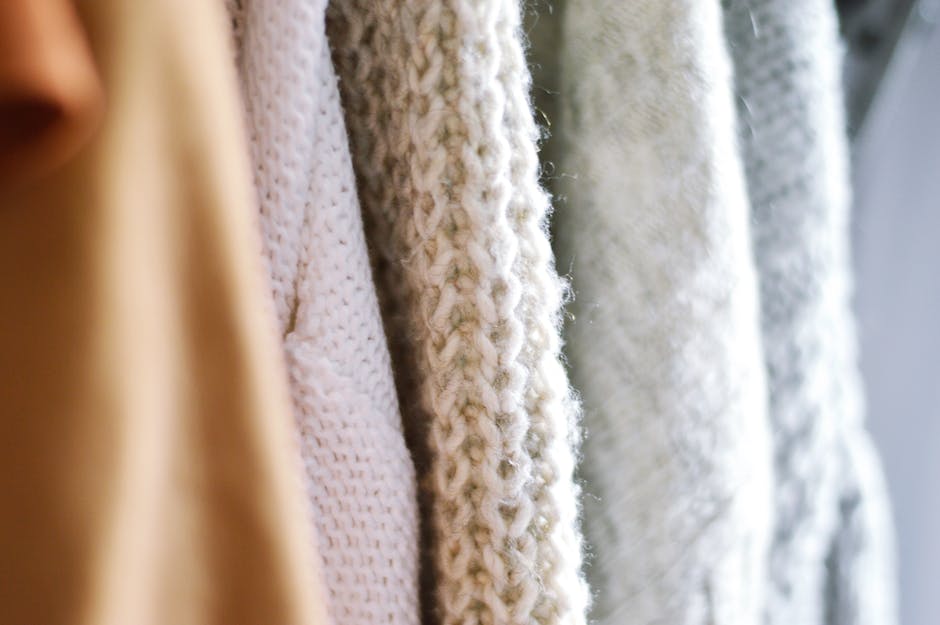
When you are ready to start learning how to purl in knitting, the first thing you should do is learn the difference between the two types of stitches.
The two types of stitches in knitting are called knit and purl. The word knit comes from the old word for woven, and the word purl comes from a time when fabrics were actually woven on a loom.
When you are learning how to knit, your main focus should be on the different types of stitches. Most people start by using an established fishing line or yarns as your starting material. These can be used as basic training wheels for learning how toknit!
Try some easy projects before you get serious about learning how toknit. Some suggestions include: fishing line knits, simple knitting pants, or easy fingerless gloves.
